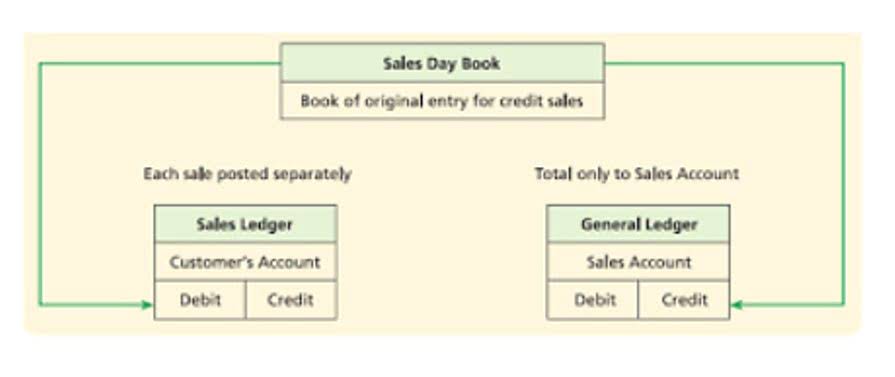Content

This can help them identify any correlations between the two and make more informed decisions about their financial situation. By following these steps, you can easily calculate burn rate in Excel and use it to analyze your company’s financial performance. Burn rate is an important metric for any business, as it measures the rate at which a company is spending its available capital. Knowing your burn rate can help you make better decisions about how to allocate resources and plan for the future.
To total up your income for the year, select the cell where you want the result. Click the AutoSum button in the Editing section on the Home tab. In order to accurately account for weekends, holidays, how to calculate burn rate and available work days for the duration of your project, list out every day in Excel. Please enter the email address you have used for your account and we will send you a link to reset your password.
Total Cash Balance Calculation
So,
we reduce that much effort from the total available effort each day, which would
result in no effort available to burn at the end of the sprint on last day i.e.
day 10. And this means that ideally work progresses uniformly on each day and eventually
completes on the last day of the sprint. Step 10) After the values are derived for the parameters that influence available
efforts and time, we need to create a table to capture effort for each day in the
sprint. Step 6) Key in details for total # of developers i.e. team size and # of hours they
would work per day.

It is calculated by subtracting operating expenses from revenue. On the other hand, budget versus actuals analysis is a method of comparing the budgeted costs of a project against the actual expenses incurred. This analysis helps in tracking the financial performance of a project, identifying variances, and implementing corrective actions. Finally, users can use Excel’s data analysis tools to compare the burn rate trends to other metrics, such as revenue or profits.
Step 6: Make Sure to Account for Change
This means the project is being expended at a slower than planned pace and is currently under budget. The implied cash runway comes out to 7 months, which means that assuming no cash sales going forward, the start-up could continue to operate for 7 months before needing to raise financing. In the 2nd scenario, the company has twice the number of months in cash runway because of the $5,000 in cash inflows coming in each month. An important distinction is how the metric should account for only actual cash inflows/outflows and exclude any non-cash add-backs, i.e. a measurement of “real” cash flow. Conceptually, the gross burn is the total amount of cash spent each month, whereas the net burn is the difference between the monthly cash inflows and cash outflows.
A burn rate lower than 1 means the project is currently under budget. Generally speaking, a start-up of this size with $7.5mm in run-rate revenue (i.e., $625k × 12 months) is likely near the midpoint between an early-stage and growth-stage classification. Here, the monthly net burn is a straightforward link to the net cash inflow / (outflow) cell. For this start-up, the gross burn amounts to a loss of $1.5mm each month. Upon dividing the $100,000 in cash by the $5,000 net burn, the implied runway is 20 months. While an unsustainable rate over the long run can become a cause for concern to management and investors, it ultimately depends on the given company’s specific surrounding circumstances.
Importance of Tracking Burn Rate PMP
In particular, the metric is closely tracked by early-stage start-ups that, in all likelihood, are operating at steep losses. Step 12) The formula of the forecast value will be calculated as difference of total
productive hours, and product of number of the day and average productive hours
available each day for the entire team. In other words, we assume that 25.6 hours
are available each day, and ideally that much effort will be burned each day.
- I decided to try using Excel 2007 to create a graph showing the burn down.
- Yes, budget vs actuals analysis and budget to actual variance analysis are essentially the same thing.
- This can help them make informed decisions about their finances and ensure that they are making the most of their available capital.
- This means the project is being expended at a slower than planned pace and is currently under budget.
- What makes Excel such a terrific tool for managing finances are its functions.
This chart will allow you to see, at-a-glance, whether you are on target to complete the work items you’ve committed to in the current Sprint. Company X’s burn rate is $20,000/month for the first quarter of the year. Company X’s cash balance on January 1, the first day of the quarter, is $160,000. Its cash balance on March 31, the last day of the quarter, is $100,000.
Enter the date and amount of money spent in the appropriate columns. But none of them completely got me everything I wanted, so here’s what I actually ended up doing. I have tried several things, but none of the help documentation seems to point me in the right direction. I get the feeling this might be a bit easier if all my data was in 1 big block of data points rather than in 2 separate blocks of data. But since I only have 2 data points for the target data (start and finish), I can’t imagine I should need to make up fake data to fill the holes.
To see the highest amount for an expense during the year, select the cell where you want the result. Click the arrow next to AutoSum in the Editing section on the Home tab and pick “MAX.” You can also use the SUM function to subtract values in Excel. You’ll likely want to subtract your total expenses from your total income to see how much you have left. CFI is the global institution behind the financial modeling and valuation analyst FMVA® Designation.
Transforming the Budget
In addition to creating a graph, users can also use Excel’s built-in formulas to calculate the average burn rate for each month. This can help them identify any outliers or unusual spending patterns. When building a financial model for a startup or early-stage business, it’s important to highlight the monthly burn rate and the runway until the next financing is required. The Burn Rate Calculator is also beneficial for investors and shareholders who want to evaluate the financial health and sustainability of a business. By using the tool, investors and shareholders can quickly determine how long a company can sustain its current spending habits and make informed decisions about whether to invest further. This information is critical in making sound investment decisions and maximizing returns.
It is an important metric for businesses to track, as it can provide insight into the financial health of the company. Excel formulas can be used to calculate burn rate, allowing https://www.bookstime.com/blog/oil-and-gas-accounting businesses to quickly and accurately track their financial performance. Visualizing burn rate data in Excel can help to quickly identify trends and make informed decisions.
Excel’s powerful tools make it easy to visualize data, identify patterns, and draw conclusions. With this information, businesses can make more informed decisions about their financial health and ensure their long-term success. For startup companies and entrepreneurs, the Burn Rate Calculator is an essential tool that can help you determine how long you can sustain your current level of spending before running out of funds. By calculating your monthly burn rate, you can quickly identify how much time you have before you need to secure additional funding. This information can help you plan your business’s future and make informed decisions about your spending habits. By using Excel formulas to calculate burn rate, businesses can quickly and accurately track their financial performance.
